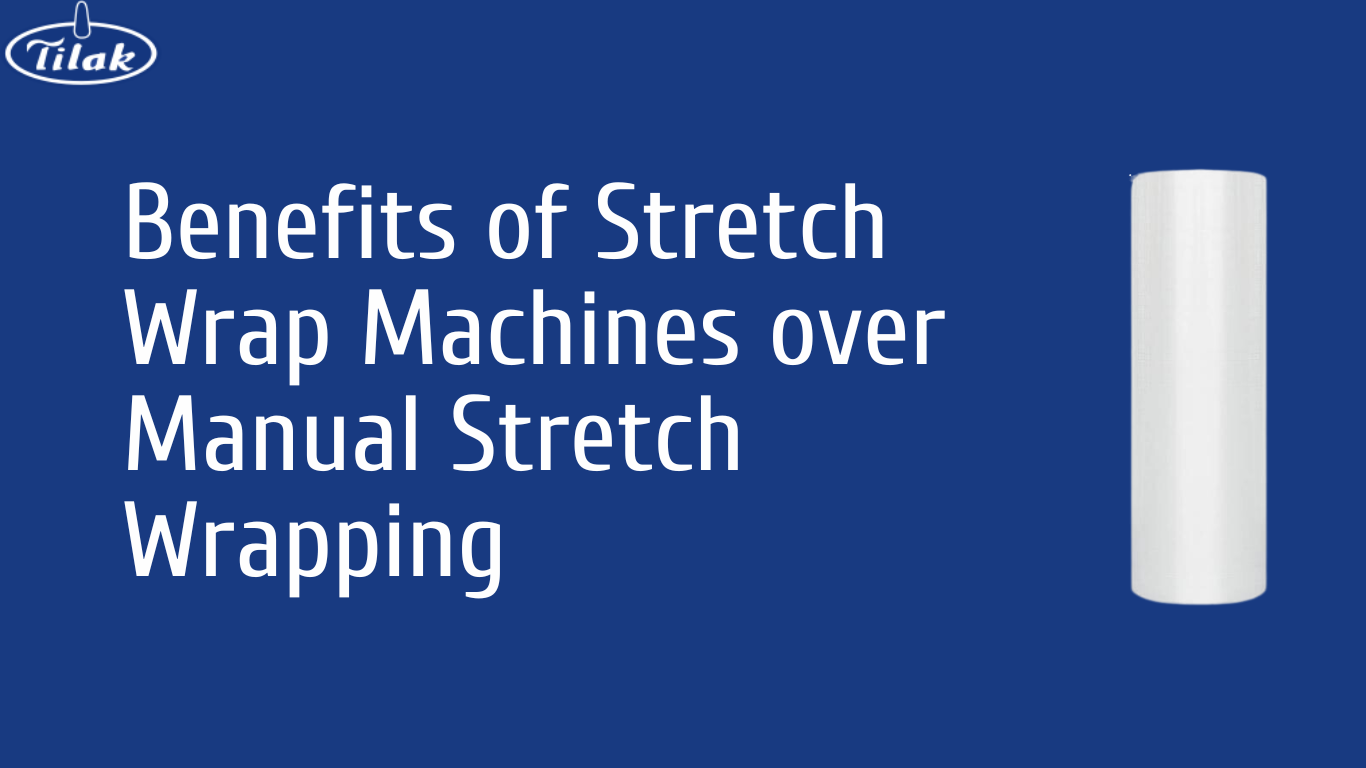In the world of packaging, stretch wrapping plays a crucial role in ensuring the safety and stability of products during transportation and storage. While manual stretch wrapping has been a common practice for many years, the advent of stretch wrap machines has revolutionized the industry. In this article, we will explore the advantages of stretch wrap machines over manual stretch wrapping, shedding light on why businesses are increasingly adopting this automated solution.
Understanding Manual Stretch Wrapping:
Manual stretch wrapping involves the manual application of stretch film around a pallet or product. While it is a widely used method, it does have its limitations. Manual stretch wrap can be time-consuming and physically demanding, especially when dealing with large volumes or heavy loads. Additionally, achieving consistent tension and film application can be challenging, leading to variations in wrapping quality and load stability.
Introducing Stretch Wrap Machines:
Stretch wrap machines are automated devices designed to streamline the stretch wrapping process. They come in various types and configurations, including turntable machines, rotary arm machines, and orbital machines. These machines automate the wrapping process, providing a range of features and capabilities to meet different packaging needs.
The Benefits of Stretch Wrap Machines:
1. Improved Efficiency and Productivity:
Stretch wrap machines offer a significant boost in efficiency and productivity. By automating the wrapping process, they save valuable time and effort. These machine stretch film can handle high volumes and repetitive tasks more efficiently than manual wrapping, enabling businesses to meet demanding production requirements.
2. Consistent and Uniform Wrapping:
One of the key advantages of stretch wrap machines is their ability to provide consistent tension and film application. This results in secure and uniform wrapping, minimizing the risk of load shifting, product damage, and instability during transit or storage.
3. Enhanced Load Stability and Protection:
Stretch wrap machines ensure tighter and more secure wrapping compared to manual methods. The machines apply the film with precision, creating a stronger bond between the layers. This enhanced load stability translates into reduced product damage, minimizing the risk of returns and costly replacements.
4. Cost Savings and Waste Reduction:
Stretch wrap machines optimize film usage, leading to significant cost savings. These machines utilize the appropriate amount of film, reducing waste and material expenses. Moreover, by achieving tighter and more efficient wrapping, they help prevent damage to products, resulting in additional cost savings.
5. Ergonomics and Safety:
Automated stretch wrap machines contribute to improved ergonomics and worker safety. By eliminating the need for manual labor, these machines reduce strain and potential injuries associated with repetitive motions and heavy lifting. They provide a safer working environment and allow employees to focus on other important tasks.
Conclusion:
Stretch wrap machines offer a range of advantages over manual stretch wrapping, revolutionizing the packaging industry. With improved efficiency, consistent wrapping, enhanced load stability, cost savings, and better ergonomics, these machines are becoming the go-to choice for businesses seeking optimal packaging solutions. As technology continues to advance, the benefits of stretch wrap machines will only become more pronounced. If you’re looking to enhance your packaging process and maximize efficiency, it’s time to consider the advantages of stretch wrap machines and explore the options available in the market. Embrace automation and elevate your packaging capabilities for a more successful and streamlined operation.

